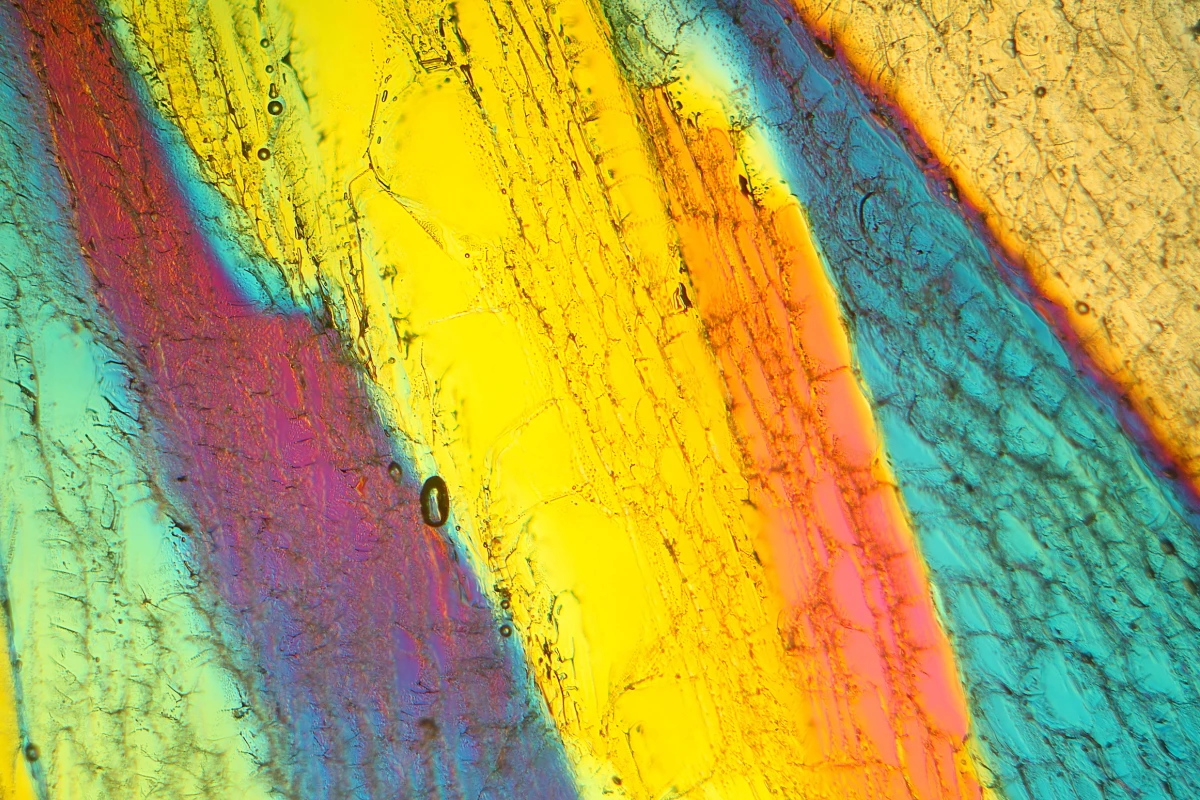Science
Scientists Discover New Ice Forming at Room Temperature

Researchers from the Korea Research Institute of Standards and Science (KRISS) have unveiled a new form of ice, designated as ice XXI, that forms at room temperature under high pressure. This discovery sheds light on the complex behavior of water and its various forms, which can exist under different environmental conditions.
Traditionally, ice is viewed simply as frozen water, but it actually takes on more than 20 different crystalline structures, each with unique properties. These variations occur due to the different arrangements of oxygen and hydrogen atoms. While some forms of ice are familiar, such as those found in household freezers, others require extreme pressure or temperature, often found deep in Earth’s mantle or on distant celestial bodies.
The research team, led by scientist Geun Woo Lee, utilized advanced techniques involving diamond anvils and X-ray lasers to examine how super-compressed water behaves. Their experiments revealed that instead of freezing in a single step, water underwent multiple freeze–melt cycles within the conditions typically associated with ice VI, ultimately leading to the formation of ice XXI.
Exploring the Unique Properties of Ice XXI
Ice XXI presents a distinct atomic structure, different from all previously identified ice types, and is classified as a metastable phase. This means it can exist for a notable duration even though it is in an unstable state under specific conditions. The formation of ice XXI occurs at a pressure of approximately 1.6 gigapascals, and it features a body-centered tetragonal crystal arrangement.
According to Lee, “Rapid compression of water allows it to remain liquid up to higher pressures, where it should have already crystallized to ice VI.” The researchers loaded ultra-pure water into a narrow metal chamber and employed a combination of high-speed cameras, laser sensors, and real-time monitoring tools to observe the freezing and melting processes at room temperature.
The team adjusted the pressure rhythmically, capturing detailed snapshots of the transformation, and measured the pressure using tiny ruby crystals. Techniques such as Raman spectroscopy provided insights into the molecular movements within the water.
Implications for Understanding Ice in Extreme Environments
The implications of this discovery reach beyond the laboratory. It offers potential insights into icy environments on other planets and moons, where understanding water behavior is crucial for exploring the possibility of extraterrestrial life. The research highlights that water can adopt multiple crystallization pathways, with at least five distinct routes identified during the freezing process.
Research team member Rachel Husband noted, “The findings suggest that a greater number of high-temperature metastable ice phases and their associated transition pathways may exist, potentially offering new insights into the composition of icy moons.”
This groundbreaking study has been published in the journal Nature Materials, further enhancing our understanding of water’s versatility and the complex behaviors of ice under varying conditions. As scientists continue to explore these phenomena, the knowledge gained could prove invaluable in the search for life beyond Earth, particularly on icy worlds where similar processes might occur.
-

 World1 week ago
World1 week agoMass Production of F-35 Fighter Jet Drives Down Costs
-

 World1 week ago
World1 week agoGlobal Air Forces Ranked by Annual Defense Budgets in 2025
-

 Top Stories1 week ago
Top Stories1 week agoNew ‘Star Trek: Voyager’ Game Demo Released, Players Test Limits
-

 Top Stories1 week ago
Top Stories1 week agoDirecTV to Launch AI-Driven Ads with User Likenesses in 2026
-

 Science1 week ago
Science1 week agoTime Crystals Revolutionize Quantum Computing Potential
-

 Entertainment1 week ago
Entertainment1 week agoFreeport Art Gallery Transforms Waste into Creative Masterpieces
-

 Lifestyle1 week ago
Lifestyle1 week agoDiscover Reese Witherspoon’s Chic Dining Room Style for Under $25
-

 World1 week ago
World1 week agoElectrification Challenges Demand Advanced Multiphysics Modeling
-

 Health1 week ago
Health1 week agoGavin Newsom Critiques Trump’s Health and National Guard Plans
-

 Lifestyle1 week ago
Lifestyle1 week agoLia Thomas Honored with ‘Voice of Inspiration’ Award at Dodgers Event
-

 Entertainment1 week ago
Entertainment1 week agoFast & Furious Coaster Hits the Track at Universal Studios
-

 Science1 week ago
Science1 week agoWaning Crescent Moon: What to Expect on October 17









